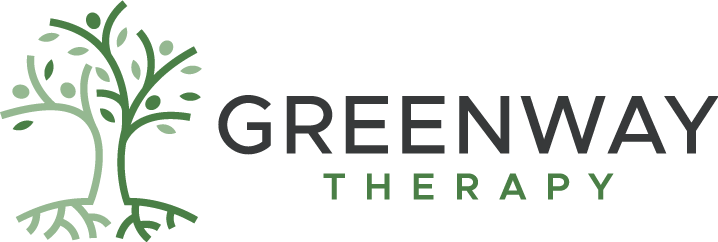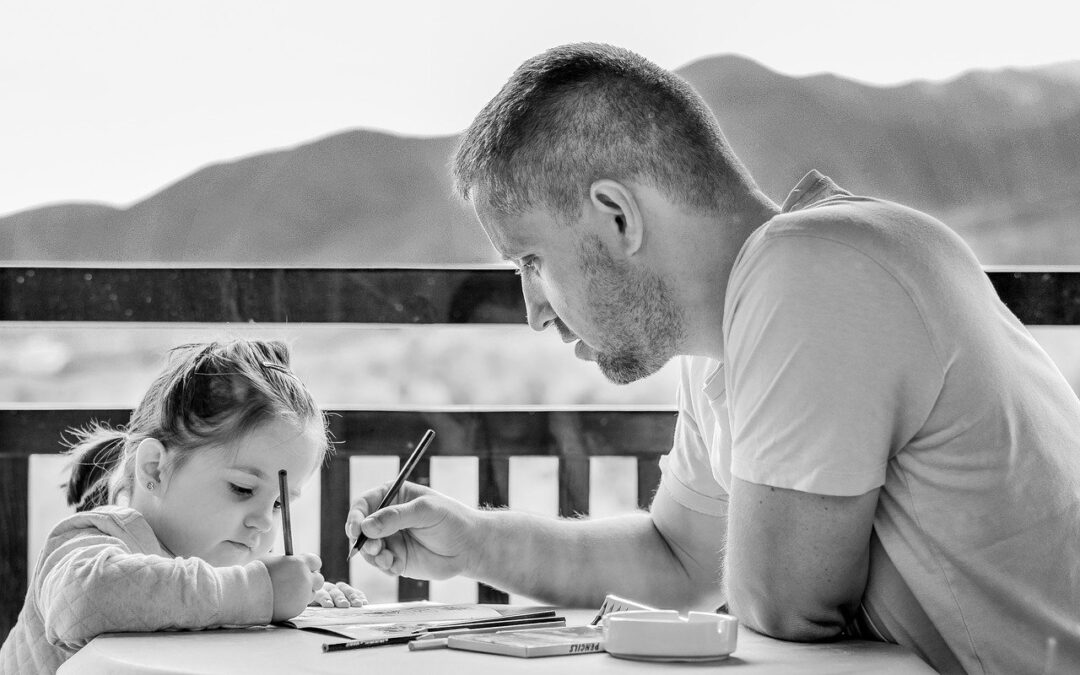PART I – OBEDIENCE PARENTING
One question that comes to mind for many parents is, what works? What method or approach to raising and training a child for life, really works? The deeper question might be; works to do what? This question brings us to the root of the parenting problem, what is the parent’s goal? Through the ages the general answer to that question has been, to get the child to behave, or to make the child obey. This suggests that the specific goal surrounding Obedience Parenting is to control the child’s behavior. This means that obedience equals altering the child’s behavior to a parent desired behavior change. Thus, the Obedience Parenting Equation: parental behavior command + desired child behavior change = behavior control/obedience. Simple, right, what could possibly upset the sound logic in this perfectly wonderful obedience equation? Two words free will.
Free will turns Obedience Parenting into a chess match, one in which parents frequently find themselves to be at least 2-moves behind the child. This might be true because children realize at some level that the parent cannot in fact control their behavior. Certainly there will be the compliant child whose fear of a spanking will lead to some manner of temporary compliance. Once the threat of the corporeal punishment is gone however, the undesired behavior may return. Then of course there is the defiant child. This would be the child who learns to not only regulate the fear of a spanking but also learns to develop pain tolerance. That pain tolerance knowledge along with a child’s understanding of child protection laws could very well result in numerous check mates in the child’s favor. This could lead the parent to feelings of frustration, discouragement, and even hopelessness. Thus, we can see that obedience parenting might well be deflected by both compliance and defiance.
This suggests that the hidden limitation of Obedience Parenting is its dependence on the notion of control. Behavior control implies that the behavior change process is a parent induced one-way street, suggesting that the parent alone caused the desired behavior change. The problem with this concept of control, the very idea of behavior change at the press of a button, is that it is an illusion. The control is an illusion primarily because this button pushing behavior change depends directly upon elements that are located within the child. This suggests that behavior change is a two-way process rather than the parental controlled one-way street that is implied within the Obedience Parenting approach.
The one-way obedience operation assumes that the physical and psychological laws of motivation generally including what we often call the carrot and the stick furnish the parent with the basic tools required to control a child’s behavior. Thus, the carrot (ie..reward/gratification, the cookie, the freedom to..), or the stick (punishment/pain-discomfort, spanking, grounding), are the controls that lever the child into producing the parent’s desired behavior change. On the surface it appears that it was the parent’s use of either the carrot or the stick that led to the targeted behavior change. However, when we look at the obedience approach through the lens of depth psychology we see additional elements that cannot be seen on the surface.
Looking more deeply into the Obedience Parenting dynamic we can see mechanisms within the child that question the validity of the notion of behavior control. Reward for example, depends upon the child’s inner experience of wants and needs. The child’s wanting and needing can be managed by the child because they are located within the child. This means that the parent does not have direct access to that wanting and needing. Children may choose for their own reasons to change their needs and wants. They could even choose to learn how to not need and not want. How do you make a child behave by offering the child a cookie when the child has trained herself to not want a cookie? This means that if the cookie want is erased then so is the cookie lever. Who is in control now?
Punishment depends upon the child’s inner experience of fear and pain. The child’s fears and pain sensations can be managed by the child because they are located within the child. This means that geographically the parent does not have direct access to that pain and fear management. Children may choose to alter their tolerance for fear and pain for reasons or agendas that the parent cannot identify or control. How do you make a child behave with a spanking when the child himself chooses a wrench over a belt? If the child is willing to tolerate pain that would result in injury or worse who is in control now?
We can see that one probable reason for children to build tolerance for the discomfort of no reward and the pain of punishment is to regain their free will. This suggests that the human soul is willing to go to great lengths to retrieve freedom of choice. This seems to indicate that growth and change require an atmosphere that acknowledges the importance of an individual’s free will. Even when that individual is a child. Thus, the natural laws of true behavior change require the presence of free will. This means that genuine behavior change in children occurs when the child discovers a desired behavior change in the child’s own time, for the child’s own reasons. This is the natural law of free will. Sure, children may present a behavior change, they may show compliance, but even the parents themselves may question the permanency of the desired change. Why wouldn’t parents question the durability of the change? They were after all once children themselves.
The above information suggests that Obedience Parenting disrupts or disregards the child’s free will. This free will interruption oppresses the child’s freedom of choice, This oppression leads to power struggles that produce side effects. These side effects come in the form of control strategies and tactics that both the parent and the child employ in an effort to win the power struggle. These control tactics include; the development of deception to get around the oppressor, the development of intimidation, force and coercion to overpower the oppressor, the development of hyper-compliance to placate the oppressor, the development of passive aggressive behavior to retaliate against the oppressor, the development of victim positioning to blame the oppressor, and the development of defenses and protections to survive the oppressor. As children learn how to cultivate and develop these tactics they become more confident in the game of power and control than in the reality of self-responsibility and self-reliance. Over time as children become more and more skilled with the art and science of control tactics they may begin to believe in the tactics even more so than they believe in themselves. When children begin to master these skill sets that help them win the power game they may also be more likely to carry these power struggle tactics into their life as an adult.
Some parents for example, can recall how the oppression of obedience in their own childhoods led to their need to create a sub-culture within their own childhood home. They remember how they created a double life one to appease the parent and the other to help them find the freedom to maintain some semblance of normal development. This is a good example of how children may entertain the deliberate development of deception as a way to work around the my way or the highway approach that they are facing in their life at home. This means that the parent’s headlong pursuit of obedience may actually cultivate the development of deception in children.
Other parents may recall adopting the side effect surrounding hyper-compliance to placate authority. These individuals may have found themselves struggling to be assertive as an adult. So programmed in the art of pleasing and appeasing others they may have struggled to find the will and the courage to question authority. They might even recall specific situations when their struggle to be assertive might have been impaired their ability to fend for their own safety. This suggests that the notion that children should be empowered to think for themselves might not be such a bad idea.
This suggests that Obedience Parenting is not only less effective because of its dependence on control but also because the methods of control have side effects. The primary side effect is the loss of the child’s freedom to discover individual free will. This effect leads the child to spend most of their time and energy finding ways to both free their will and discover the true weight of its existence. This confines these souls to a cycle that seeks to reclaim a natural part of their being, an essential part which is rightfully theirs. Free will is essential because without it there is no way for the soul to engage in the process in which one finds one’s way, to one’s way. This indicates that free will discovery for children is more effectively cultivated in an atmosphere of safety, security, growth and empowerment.
This leads us to the ultimate questions; Is there a more effective way to parent a child?
Looking for more help with check out our family counseling services.
STAY TUNED FOR PART II OF PARENTING PRINCIPLES
Larry Marshall is a Licensed Professional Counselor at Greenway Therapy . Learn more about him on his BIO page.





